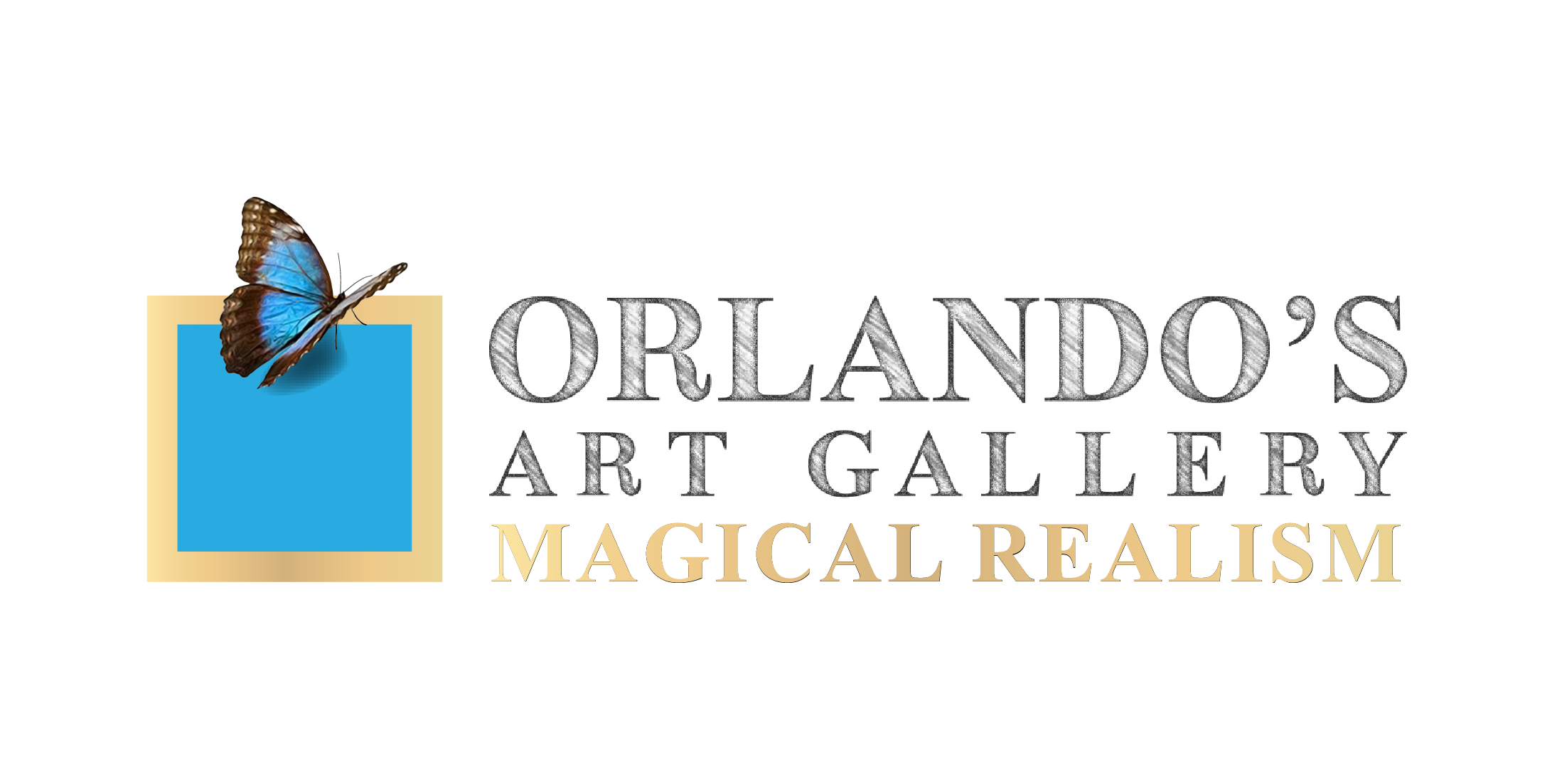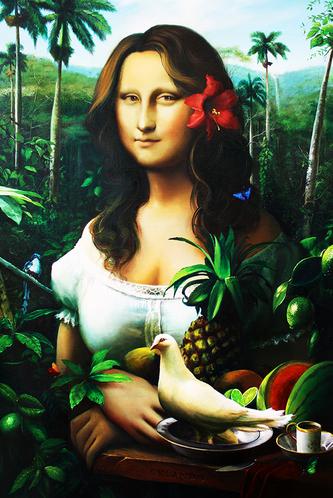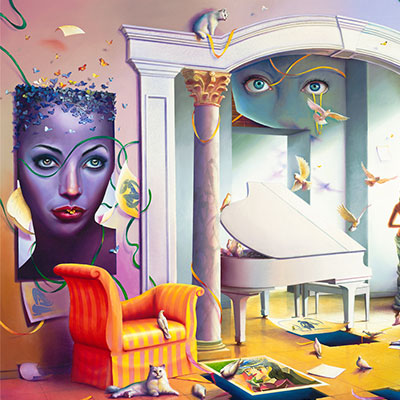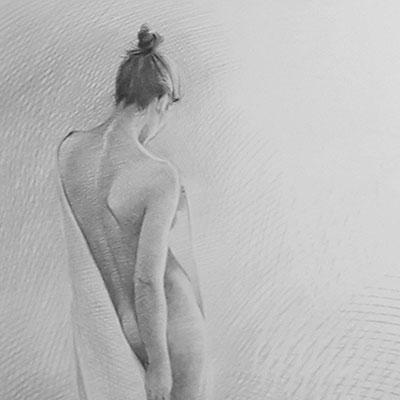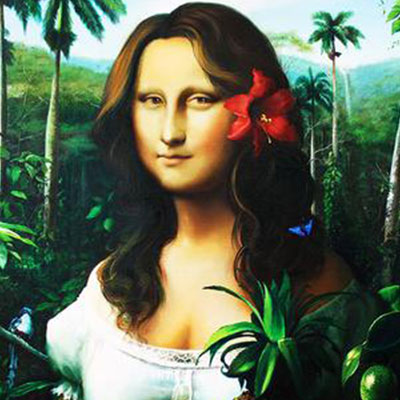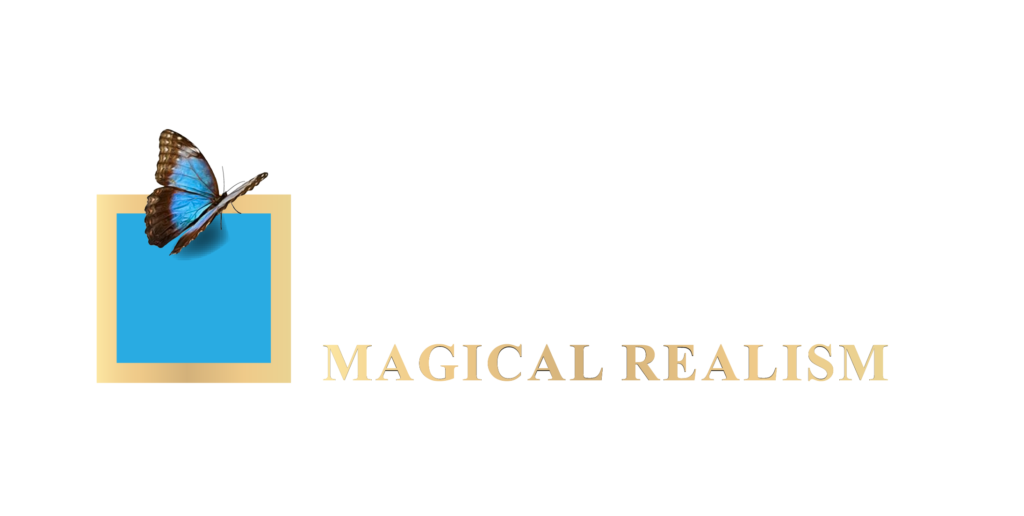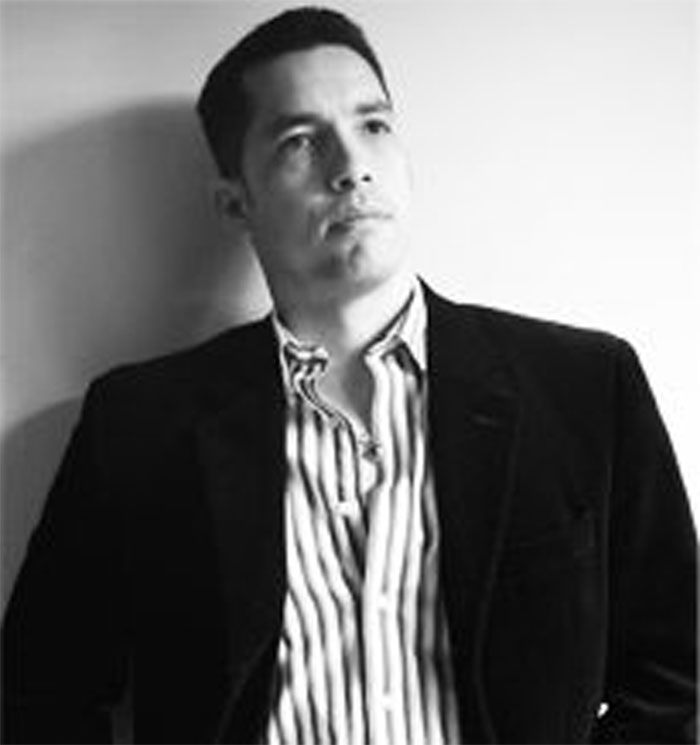
Orlando Quevedo
Professional Fine Artist
Orlando Rafael Quevedo was born on January 1st, 1970 in Holguin, Cuba. Orlando’s interest in the fine arts began at a very early age. In 1982, he was admitted to the highly respected Vocational School of Arts. Subsequently, he attended the Professional School of Fine Arts in Holguin and completed his formal art education at the Superior Institute of Art in Havana, Cuba in 1993. In that very same year, proud of his heritage & culture and determined to pursue his artistic career and his dreams, Orlando, arrives to the United States.
